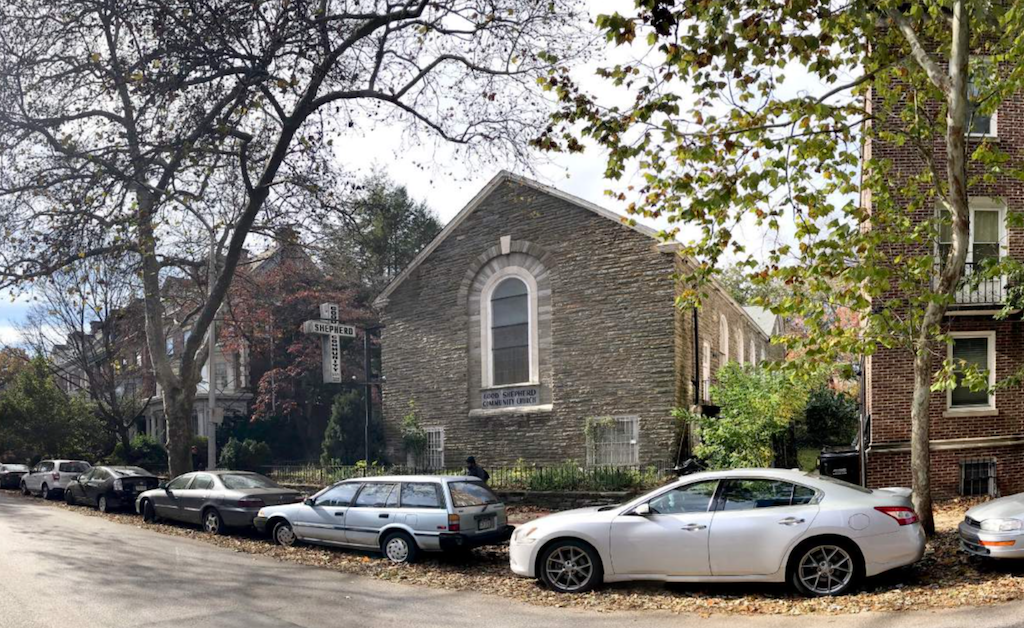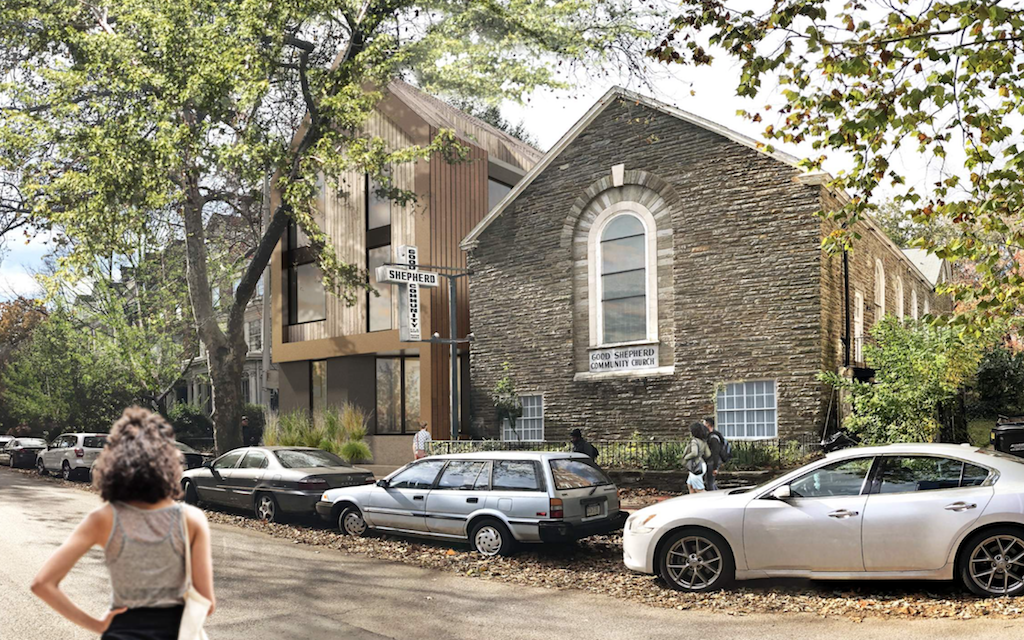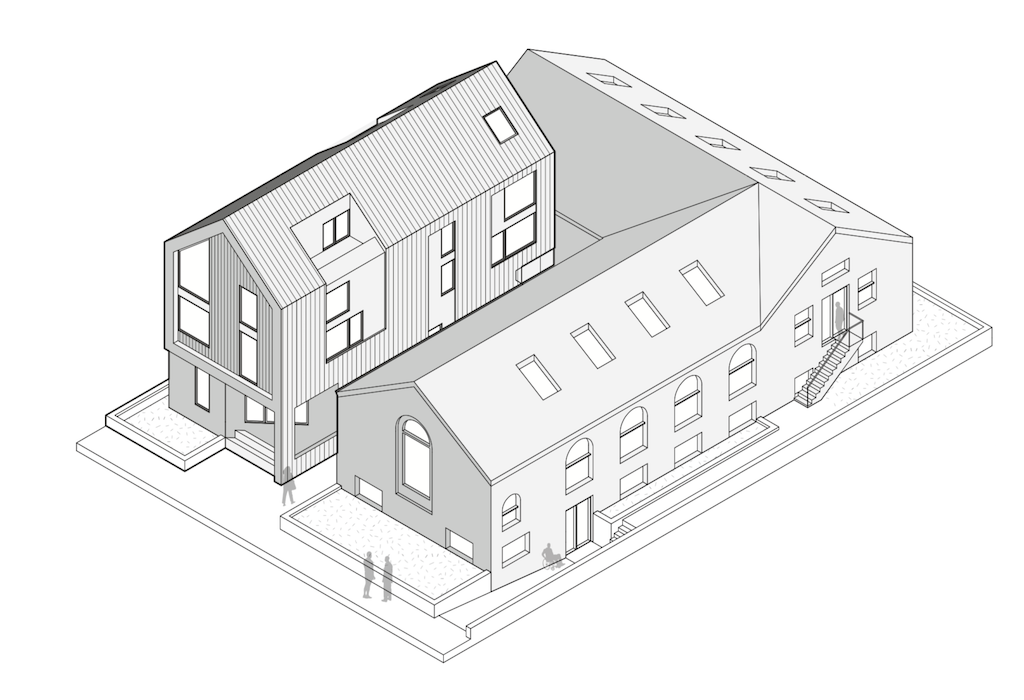It was just a few months ago that we directed your attention to the Good Shepherd Community Church building at 314 S. 46th St., noting that the church was moving on from its longtime home and that developers had the property under agreement. This is an incredibly common story in Philadelphia in 2019, especially in neighborhoods where population shifts have resulted in diminished congregations and increased property values. We told you that the developers intended to demolish the church, which dates back to 1930, and replace it with a 36-unit apartment building. That project required approval from the ZBA because the property is zoned for single-family use, and with the expectation of community pushback to the demolition and the use, we speculated that it might be tough sledding to get the necessary variance.

We were pretty certain though, that demolition was a foregone conclusion no matter what eventually happened with the property. As we’ve explained on numerous occasions, local designation on the historic register protects old buildings from demolition, but an underfunded Historical Commission and an overwhelming inventory of potentially historic but unlisted buildings in Philadelphia has resulted in a situation where many deserving structures are not listed and therefore vulnerable to the wrecking ball. As this building wasn’t listed on the register, the developers were permitted to tear it down whether they got support for their project or not. While we could personally go either way in terms of the historical import of this particular edifice, we feel pretty safe saying that a replacement building would be worse, architecturally, than the reuse of the existing building.
We were more than a little surprised when we learned that the developers and local RCO, the Garden Court Community Association, had collaborated to come up with a plan that would save the church building and still produce a desirable enough redevelopment plan. After seeing pushback from their initial proposal, the developers came up with a plan to convert the existing building into apartments and build a new structure on a vacant section of the property to accommodate additional units. An initial public meeting at the beginning of last month produced a split vote in the community, with a narrow majority supporting the project but a vocal majority speaking in opposition, mostly due to parking concerns and general concerns about renters. Here’s a look at the plan, which would include 28 rental units over the two buildings.


What a great looking compromise! Even better, the GCCA has agreed to to write a letter of support, which usually makes for a pretty easy path at the ZBA. But there’s still no guarantee that the project gets approval, because there were a few dozen people at the community meeting that voted in opposition, and if some of them go to the ZBA there’s still a chance the plan could go up in smoke. That would obviously be a disappointing development.
This seems like a win win project for the developer and the community, but there’s a reason this kind of project is the exception rather than the rule. We don’t know the numbers, but we have to think that the acquisition price was low enough that the developers had some flexibility with their project plan such that they could still make money on the deal with adaptive reuse and a lower unit count. In other situations, where the acquisition price is higher and/or the rental rates are lower and/or the existing building isn’t as compatible with residential reuse, such a compromise wouldn’t necessarily be possible. But still, if this thing happens, perhaps it can be a model for other reuse projects in West Philadelphia and other neighborhoods in Philadelphia.
